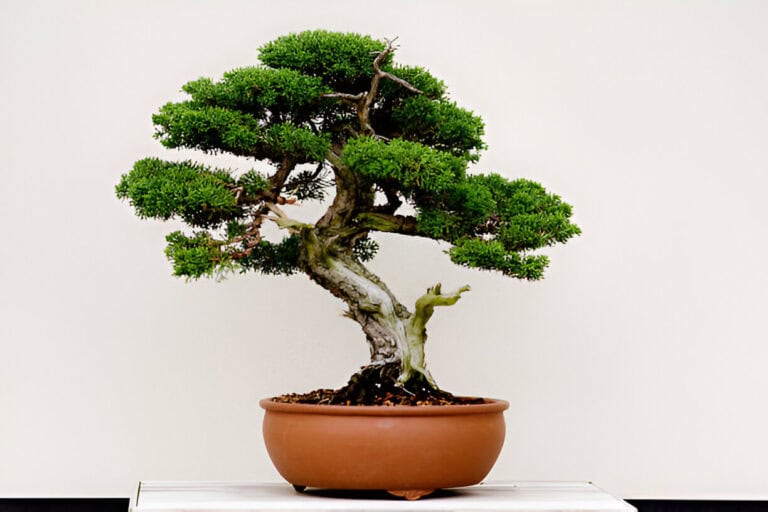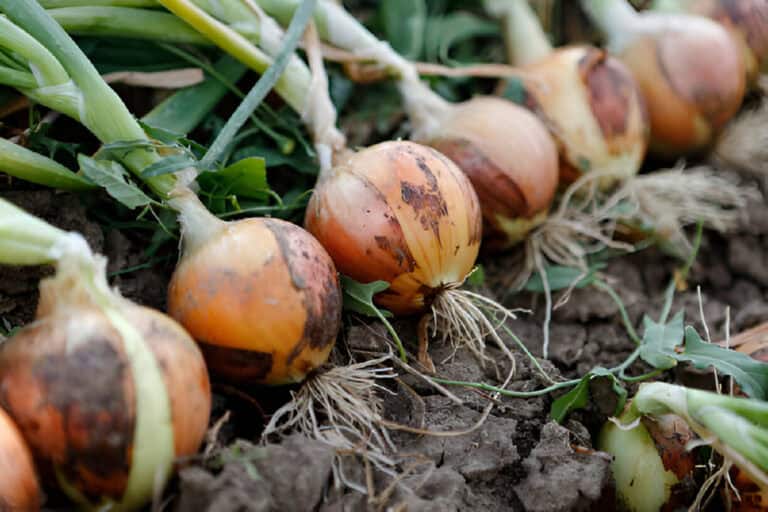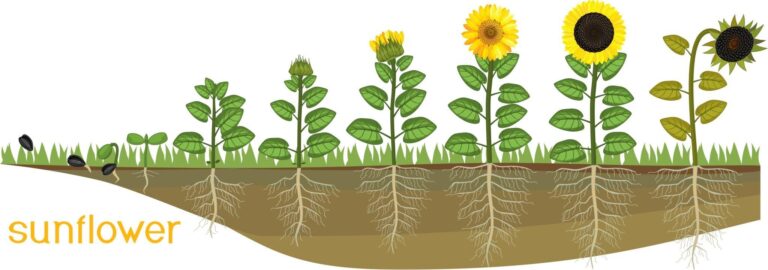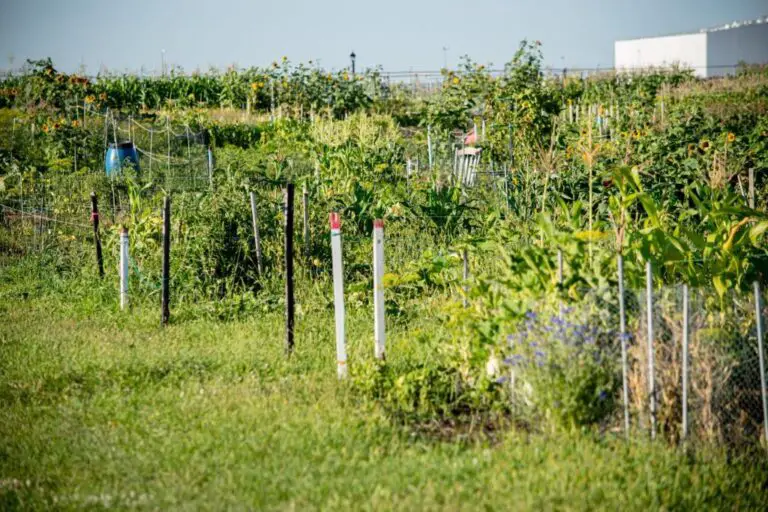Should I Pick Gourds Before Frost? Can Gourds Survive a Frost?
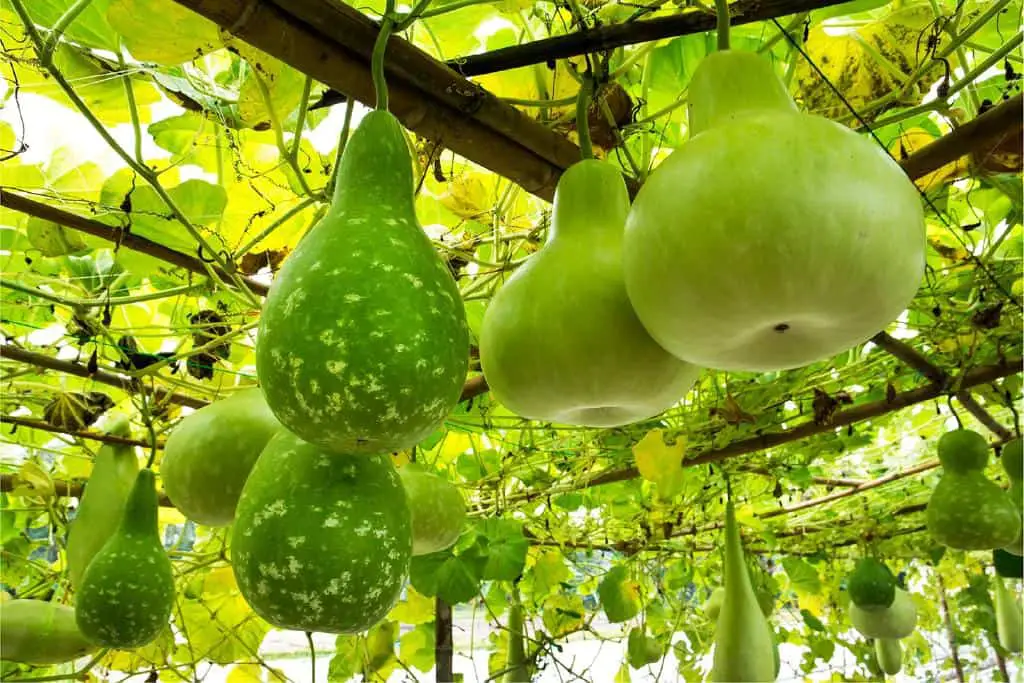
Gourds are an interesting and useful plant that can be used for many things, from decorations to tools and musical instruments. As fall comes around and the weather gets cooler, many farmers aren’t sure if they should pick their gourds before the first frost. It is important to know how frost affects gourds. You also need to know when to pick them. This is so they keep their quality and usefulness.
It is very important to know when to pick gourds so that they are at their best for use. Gardeners can also make better choices about when to gather. They can also learn how to protect their crops from the effects of cold weather if they know how gourds react to frost.
We’ll talk about what happens to gourds when it frosts and if they can survive a frost in this blog post. In addition, we will tell you when to gather gourds so that you get the best ones. Gardeners can get the most out of their gourd harvest and enjoy the fruits of their work well into the fall and winter if they know about these things.
What are Gourds?
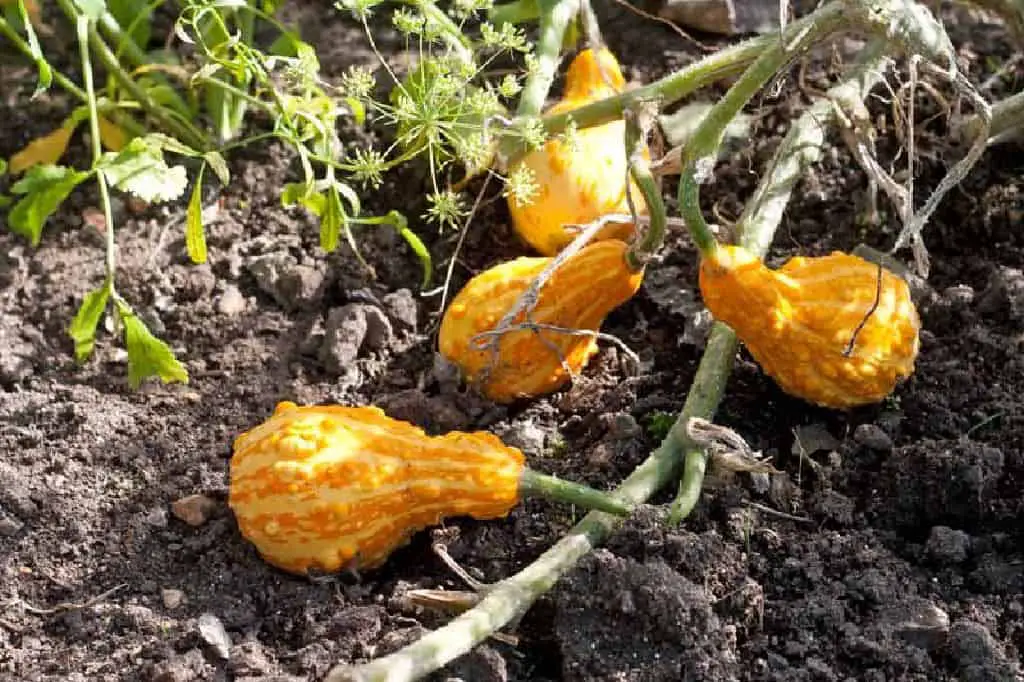
Gourds are a type of plant belonging to the Cucurbitaceae family, which also includes cucumbers, squash, and melons. They are characterized by their hard, durable shells and hollow interiors. Gourds come in a variety of shapes, sizes, and colors, and they are often used for decorative or functional purposes.
There are several different types of gourds, each with its own unique characteristics. Some common types of gourds include:
- Bottle gourds: These gourds have a long, narrow neck and a rounded base, resembling a bottle. They are often used for making utensils or containers.
- Luffa gourds: Also known as sponge gourds, luffa gourds have a fibrous interior that can be dried and used as a natural sponge.
- Ornamental gourds: Ornamental gourds come in many shapes, sizes, and colors. People often use them for decoration in crafts or fall displays.
Gourds have a wide range of uses, both practical and decorative. They can be used to make birdhouses, bowls, and other utensils. In some cultures, gourds are used as musical instruments, such as the maracas. Also, gourds can be used as decorations. They can be used in their natural state or painted and carved to make intricate designs.
Should I Pick Gourds Before Frost?
It’s crucial to pick gourds before the first frost for several reasons. First, frost can damage gourds, causing them to become soft, mushy, or develop mold. Gourds left on the vine during frost can also experience freezing, which can ruin their texture and make them unusable. Also, frost can end the growing season. This makes it necessary to harvest gourds before they freeze.
When considering whether to pick gourds before frost, it’s essential to understand how frost can damage them. Frost causes the water inside the gourd to freeze, leading to cell damage and eventual decay. This process can happen quickly, especially as temperatures drop in the fall. Picking gourds before frost helps prevent this damage and ensures they are in optimal condition for use.
There are several signs that indicate it’s time to harvest gourds. Ripe gourds will have a hard, firm skin that is difficult to puncture with your fingernail. They will also have developed their characteristic color, which varies depending on the gourd variety.
Additionally, mature gourds will sound hollow when tapped and will have a dried, brown stem. Harvesting gourds at the right time ensures they are of the highest quality and are ready for use in a variety of applications.
Can Gourds Survive a Frost?
Gourds are not frost-tolerant. They are from warm places. They thrive in 70°F to 95°F. But, some gourd types, like the birdhouse gourd, can survive light frost with little harm.
To protect gourds from frost, there are several measures you can take. One option is to cover the gourd plants with a frost cloth or blanket when frost is expected. This can help insulate the plants and protect them from freezing temperatures. Another option is to harvest the gourds before frost and store them indoors in a cool, dry place until they are ready to use.
If your gourds are exposed to frost, it’s important to take action quickly to minimize damage. Remove any damaged or frost-bitten gourds from the vine and inspect the remaining gourds for signs of frost damage. If the gourds are still firm and intact, they may be salvageable. Bring them indoors and allow them to dry thoroughly before storing them in a cool, dry place.
Harvesting Gourds
Harvesting gourds at the right time is crucial to ensuring they are of the best quality for use. Here are some of the of the best practices for harvesting gourds:
- Timing: Gourds should be harvested when they reach full maturity. This is typically in late summer or early fall, depending on the variety and growing conditions.
- Method: Use pruning shears or a sharp knife to cut the gourds from the vine, leaving a few inches of stem attached. Be careful not to damage the gourd’s skin, as this can affect its ability to dry properly.
- Signs of Maturity: Look for signs that show the gourd is ready to be harvested. These include a hard, firm skin that is hard to puncture with your fingernail, a dried, brown stem, and a hollow sound when tapped.
After harvesting, it’s important to properly store the gourds to ensure they remain in good condition. Clean the gourds with a mild bleach solution to remove any dirt or bacteria, then rinse them thoroughly with water and allow them to dry completely. Store the gourds in a cool, dry place with good air circulation, such as a garage or shed. Avoid storing them in damp or humid conditions, as this can lead to mold growth.
There are many ways to use harvested gourds, both decorative and functional. Gourds can be painted, carved, or decorated in various ways to create unique and beautiful pieces of art. They can also be used as containers, birdhouses, or musical instruments. The possibilities are endless, so get creative and see what you can come up with!

